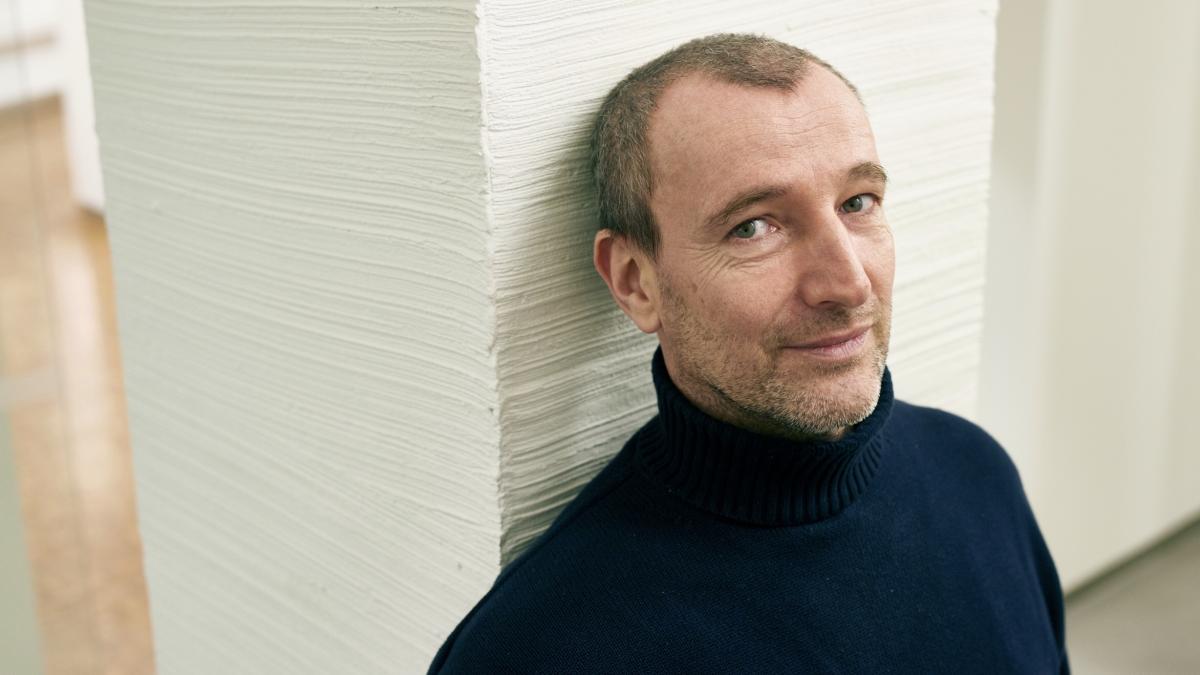Bodies create unwritten knowledge
How does a performer or a dancer articulate all the profound insight they might have while working with their body? Are words enough to reveal all that knowledge? That is a key challenge in performer research and one which Joa Hug tackles in his recent doctoral artistic research. Hug’s doctoral thesis “Propositions for unfinished thinking: the research score as a medium of artistic research” taps into unfinished thinking as a source of new knowledge.

Joa Hug is a dancer and researcher based in Berlin, Germany. Hug’s artistic background is in performer training, more specifically a performer training method called Body Weather. It is a movement ideology created in the 1980s by Japanese dancer Min Tanaka in which the body is considered an open and constantly changing entity that is attuned to its immediate environment and extremely sensitive to external stimuli. The method has had a profound effect on Hug’s work.
“Body Weather differed from any training I had previously had in that it wasn’t just a transmission of technique. It was a thorough investigation of the body and of the technique. For me, it was a way of doing research through dance,” Hug explains.
In addition to performing, Hug also has a background in academic research. In artistic research, however, he found a way to bridge the gap between knowledge that is produced in academia and in his work with performer training.
“In artistic research the medium is not only language, but also a whole world that we cannot give words to. Artistic research can bring in the body as a source of knowledge.”
Basing on body weather performance training and focused ona touch-based body practice called manipulations, Joa Hug’s artistic research has led him to develop a new method, the research score, as a way for performers to reflect on their practice while they are physically doing it. In the method performers are asked to articulate their thoughts verbally, immediately as they are doing their practice. Eventually, the verbal articulation and physical practice create a loop where both feed off each other.
“You can take stock of the language that was used in the training to transform the training”, Hug illuminates. By recording the verbal thoughts that are said aloud, a glossary emerges, which then adds a new dimension to the practice.
The research score can also enrich a group setting. An individual participant’s verbalized thoughts and the way individual bodies interact with each other and their shared surroundings can contribute to the whole group’s mindset and thinking. Hug suggests that the combination of immediately verbalised thoughts with bodily actions can bring about a knowldge that would not otherwise emerge. It is the elusive area between physical practice and conceptual reflection that Joa Hug calls unfinished thinking and that he hopes the research score method can help expose.
“This can bring more awareness to the way we understand relationships between people,” Hug suggests.
MA in Artistic Research Joa Hug‘s doctoral research Propositions for unfinished thinking: the research score as a medium of artistic research will be presented for public examination on Saturday, September 19, 2020 at 12 o’clock at the University of the Arts Helsinki’s Theatre Academy. The occasion is in English. The examination can also be followed live on the Uniarts Youtube channel.